How to program a jungle-inspired breakbeat loop
Enhance your techno rhythms with breaks
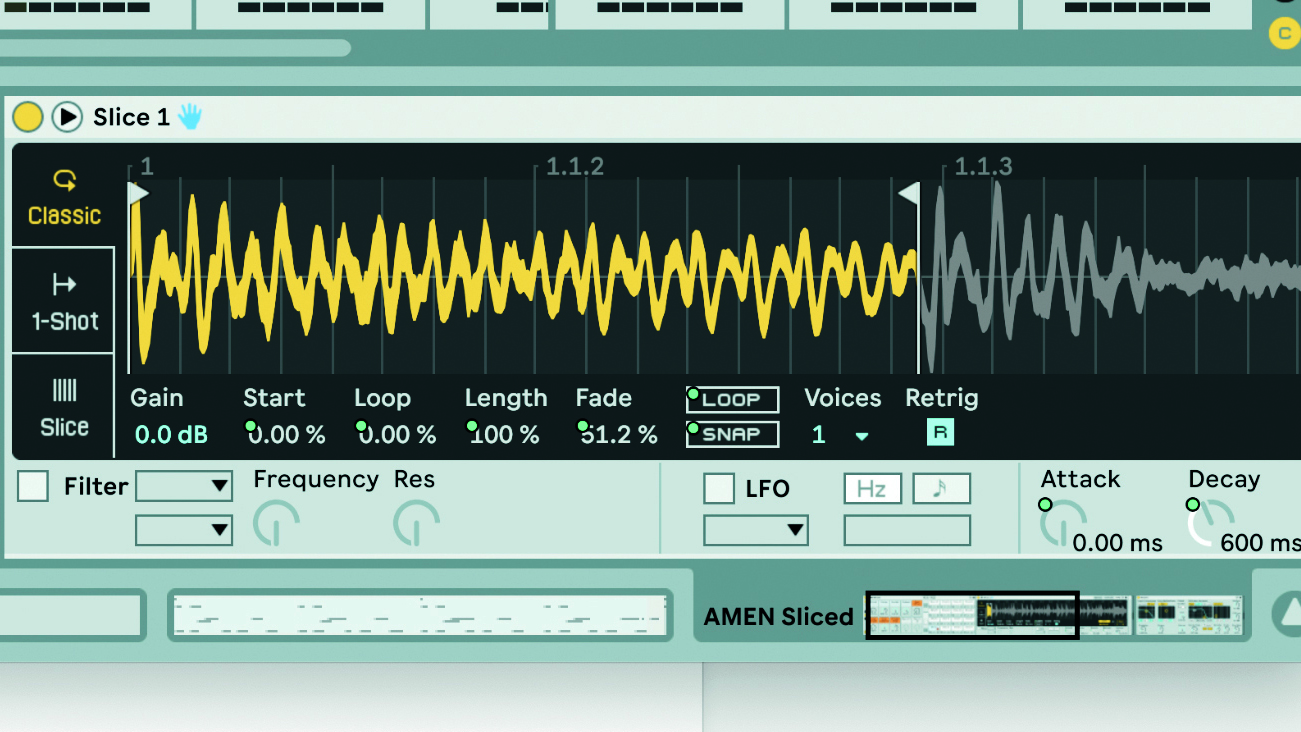
Breakbeat loops have been used in many areas of electronic music, most prominently jungle and drum & bass. But this versatile drum loop can also be found in various forms of techno. Here’s how to create your own…
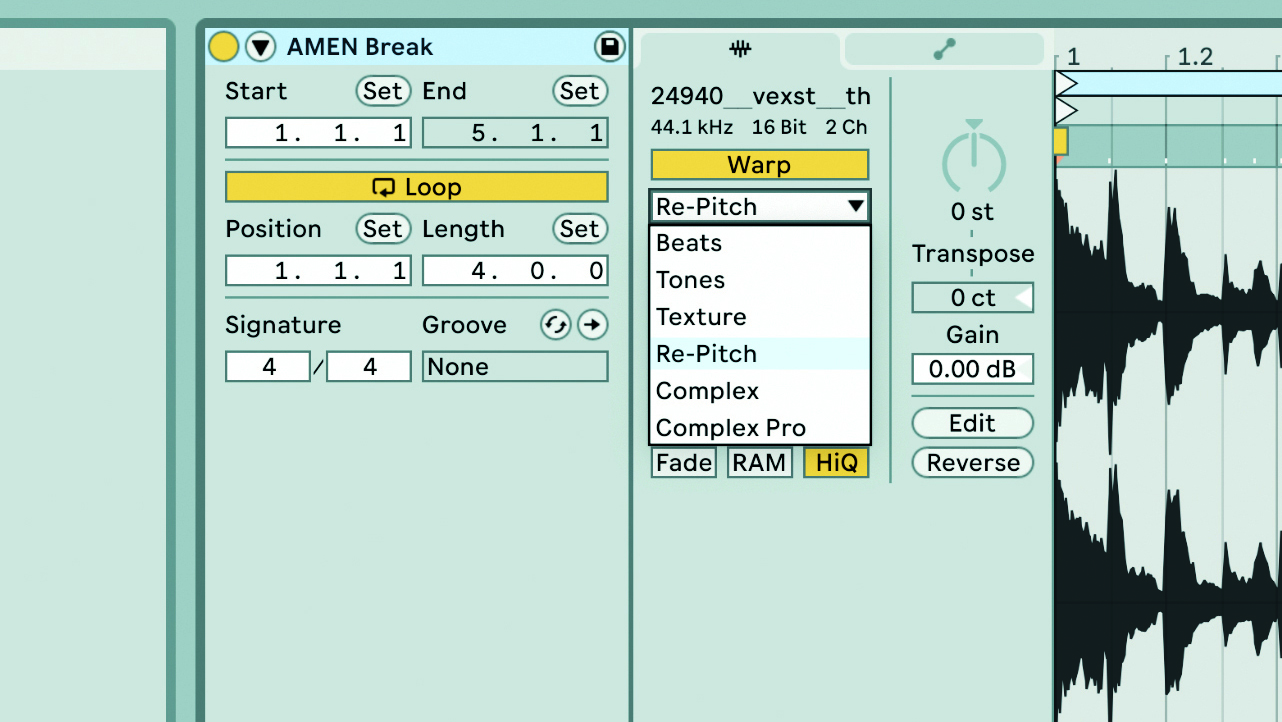
Step 1: The most commonly used sample is from the 1969 track Amen, Brother by The Winstons. We have added a four bar break to an Audio Track in Live with the Warp Mode set to Re-Pitch. As our project tempo is 140bpm, the loop now plays slightly faster compared to the original.
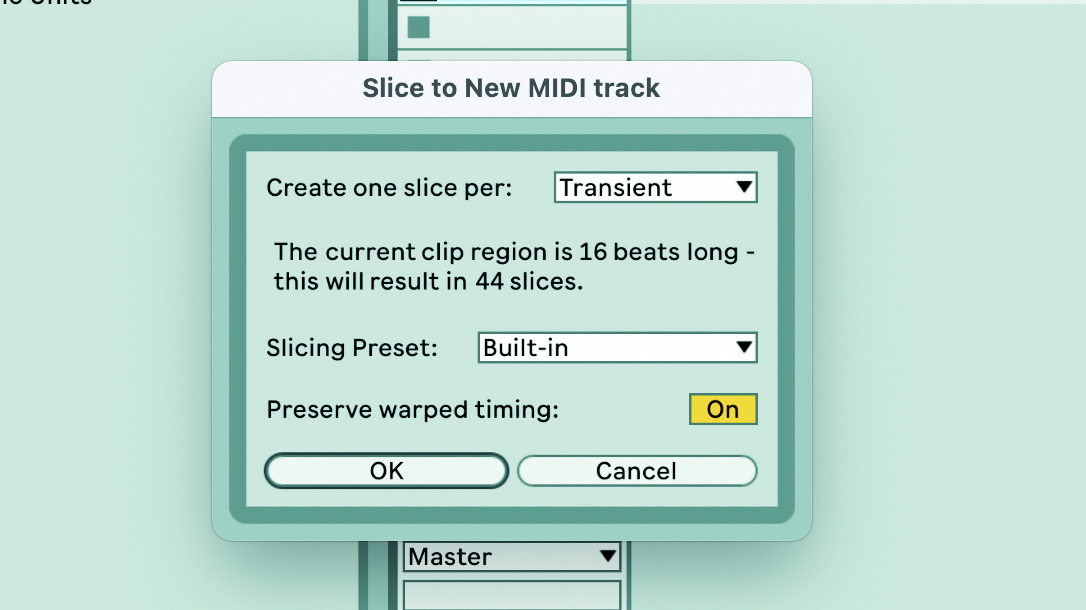
Step 2: We now need to chop up this four-bar loop. To do this, right click on the audio clip, select Slice to New MIDI Track and click OK to use the default settings. Live now automatically creates a Drum Rack with each detected slice loaded into Simpler and mapped to different MIDI notes.
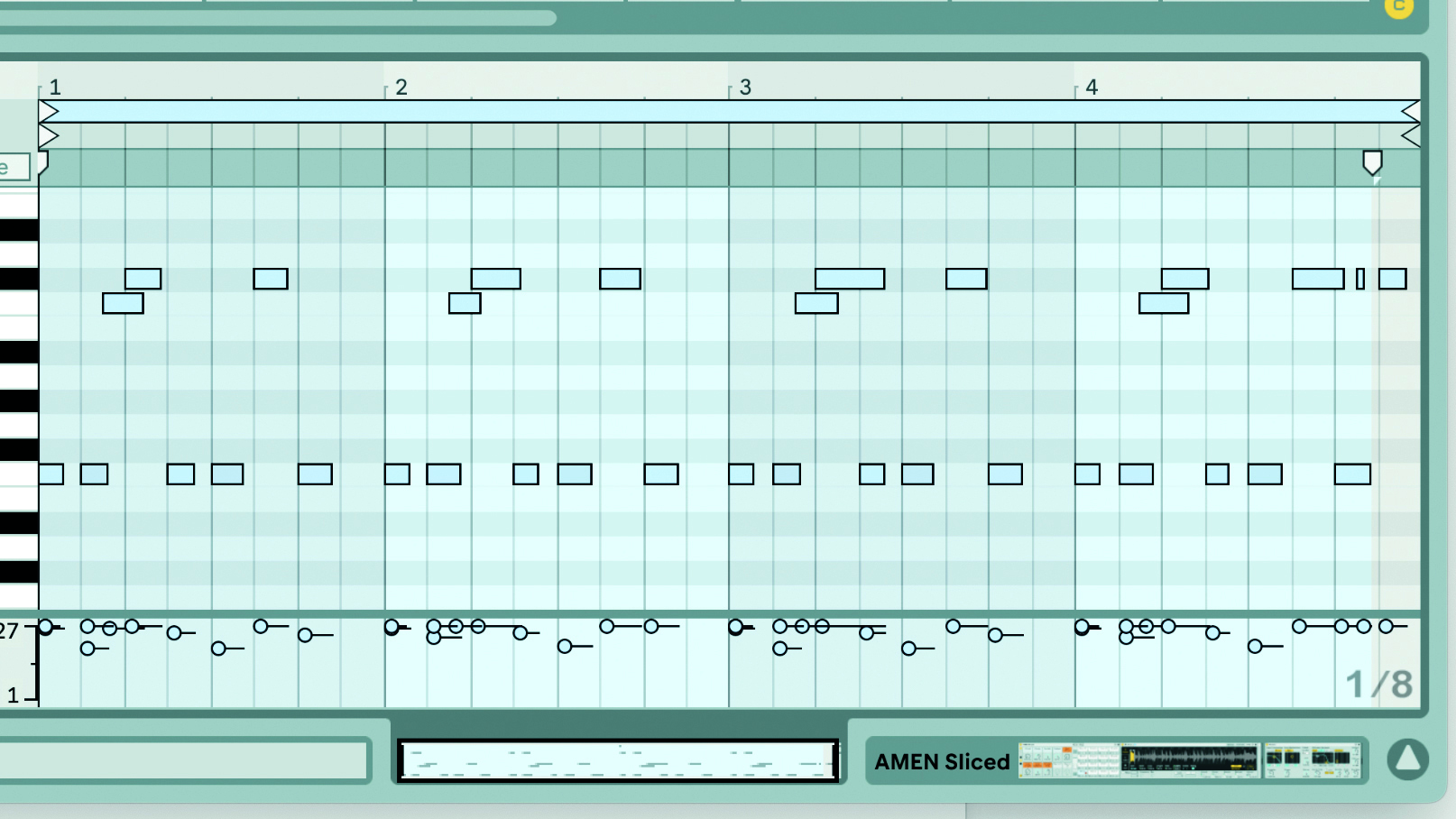
Step 3: We can now use a MIDI keyboard to create a new pattern at our project tempo by triggering individual slices from the original Amen Break. Although Live does a fantastic job of cutting up the loop, typically the warp markers on some individual slices will need adjusting to ensure there are no clicks.
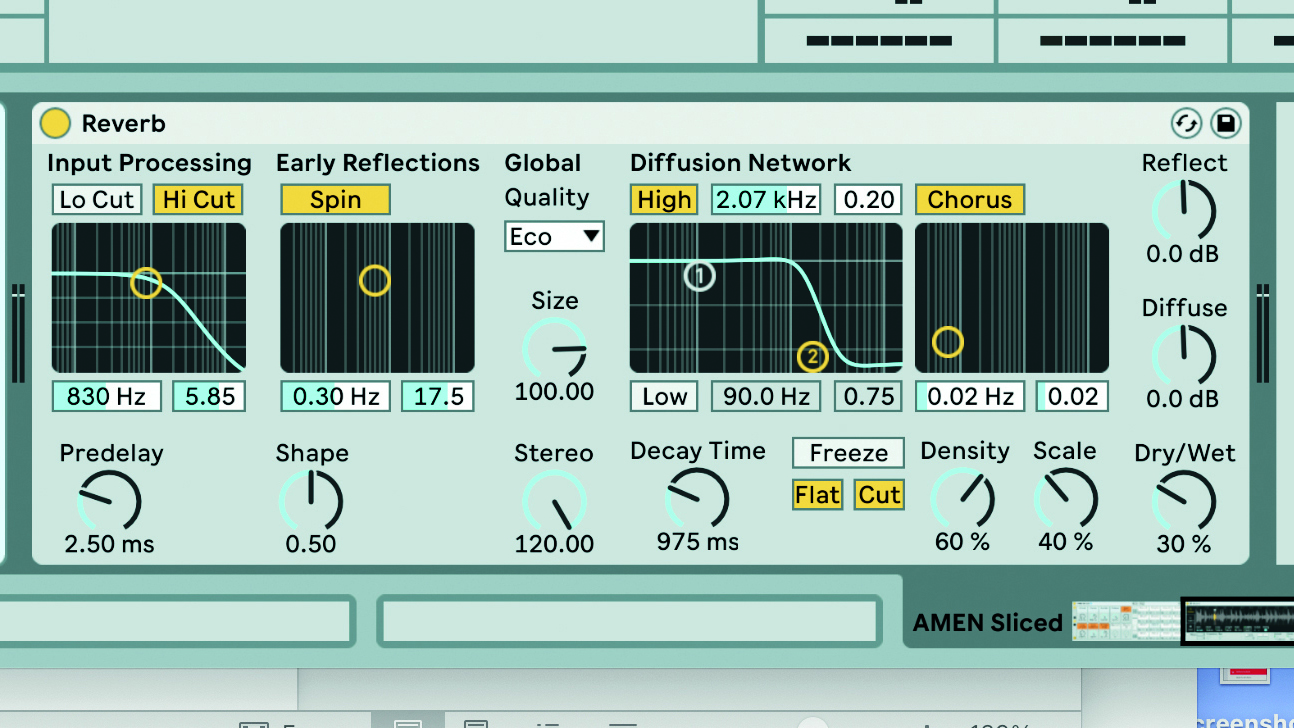
Step 4: With the sliced break rearranged, we’ve added a room reverb to give the separate samples some cohesion. Plus, we’ve added shaker and tambourine loops. To get the tambourine to sit better within the loop, use EQ Eight to roll off the low and high frequencies, and the LFO Tool plugin.
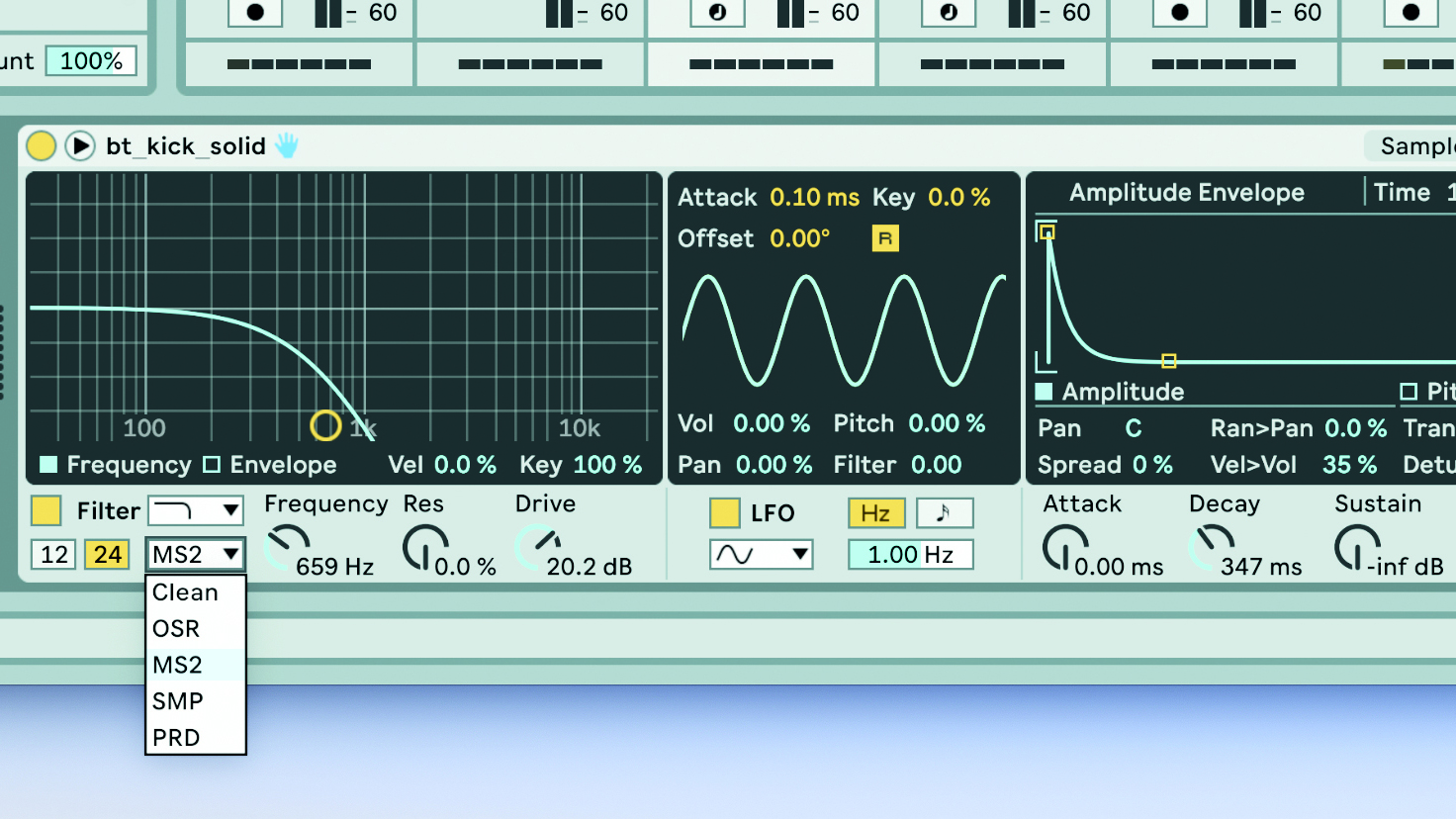
Step 5: To accentuate the sliced loop, we’ve loaded a separate kick drum into Simpler and sequenced a simple pattern. The kick is detuned and filtered using the MS2 Circuit and a little Drive. The kick is then treated with a short mono reverb so as to blend in with the sliced breaks loop.
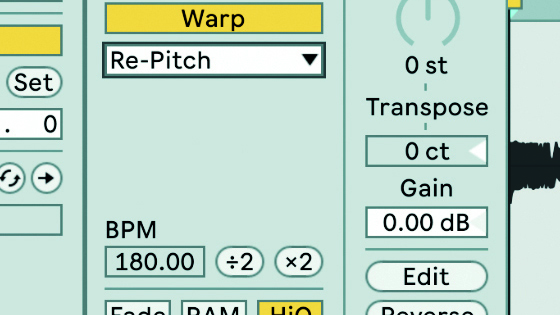
Step 6: We route these elements to a Group track and add the Saturator and Glue Compressor. As the loops are set to Re-Pitch mode, we can approximate a classic sampling technique by increasing the project tempo to 180bpm and resampling the sped-up audio. Retuning to 140bpm, our resampled loop has now acquired a more authentic vibe.
Want all the hottest music and gear news, reviews, deals, features and more, direct to your inbox? Sign up here.
Future Music is the number one magazine for today's producers. Packed with technique and technology we'll help you make great new music. All-access artist interviews, in-depth gear reviews, essential production tutorials and much more. Every marvellous monthly edition features reliable reviews of the latest and greatest hardware and software technology and techniques, unparalleled advice, in-depth interviews, sensational free samples and so much more to improve the experience and outcome of your music-making.
